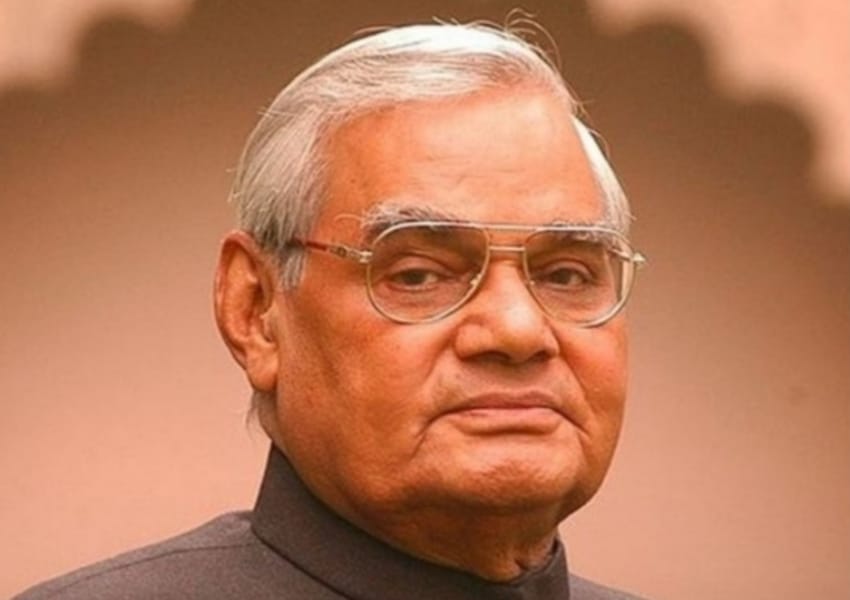India’s Renewable Revolution: New Guidelines Encourage Private Sector Involvement in Green Energy Expansion

The Revised Guidelines is a step in the right direction and together with the Government’s focus on augmenting transmission infrastructure to support the increase in non-fossil fuel sources as part of its energy mix, India will be able to realise its vision of being a pioneer in energy transition
India has set a target to achieve net-zero emissions by 2070. To meet this goal, India has committed to generating 500 GW of electricity from non-fossil fuel sources by 2030, representing approximately 50 per cent of the cumulative installed power capacity. Currently, India’s total renewable energy capacity stands at 176.49 GW, making this an ambitious undertaking. In a move toward reaching this target, the Indian government, in April 2023, announced plans to invite bids for 50 GW of renewable energy annually for the next five years.
This initiative is intended to complement capacities being developed under various government schemes, state-level projects, as well as commercial and industrial segments operating under the open-access regime. The Union Ministry of Power subsequently issued revised guidelines in July and August regarding the tariff-based competitive bidding process for grid-connected solar, wind, and hybrid energy sources, superseding the 2017 guidelines. These Revised Guidelines aim to introduce transparency, fairness, and efficiency in the bidding process, encouraging greater participation from the private sector.
One notable change introduced by the Revised Guidelines is the reduction of the standard power purchase agreement (PPA) term from 25 years to 20 years. The impact of this adjustment on tariff rates will become evident only after the bids are awarded, as generators may need to consider tariff adjustments to ensure the financial viability of projects with shorter PPA tenures.
Another change is the inclusion of solar projects with energy storage systems (ESS) within the scope of the Revised Guidelines, a notable addition missing in the previous guidelines. This change, combined with the National Framework for promoting energy storage systems introduced in August 2023, aims to enhance energy security and grid stability by encouraging the development of round-the-clock projects, either by the generator itself or in collaboration with ESS developers.
To encourage broader participation, the minimum bid capacity has been reduced from 50 MW to 10 MW, with a cap of 50 percent of the capacity available for allocation to a single bidder under a bid document. Existing players with untied capacity are now allowed to participate, incentivising capacity expansion for existing projects, which was previously constrained under several power purchase agreements (PPA), often leading to disputes between generators and procurers. Recognising the significant reduction in the cost of setting up renewable energy projects, the concept of viability gap funding has been eliminated as a bidding parameter. Bids will now be invited solely based on fixed tariffs, making viability gap assistance available to other sectors, such as ESS, which require funding support.
The Revised Guidelines have also streamlined the timelines for the bidding process, ensuring that project awards and implementations proceed promptly. Procurers are required to approach the appropriate electricity regulatory commission (ERC) for tariff adoption within 15 days of discovering the tariff.
Delays in tariff adoption by ERC beyond the stipulated period must be addressed by extending the scheduled supply commencement date, preventing generators from facing penalties due to regulatory approval delays.
Unlike the previous regimes, where penalties for failing to meet minimum generation obligations were linked to the non-fulfillment of renewable purchase obligations by procurers, the Revised Guidelines specify the penalty quantum in such cases, bringing clarity and reducing disputes. While the procurers retain the right of first refusal to purchase excess generation, they are now obligated to pay the agreed tariff for the purchase of such excess power, rather than a reduced rate of 75 percent of the tariff.
Additional changes include extended timelines for commissioning to account for land acquisition challenges in large-scale projects, penalties for delayed commissioning, including debarment to prevent project delays for opportunistic market conditions, and the award of bids to bidders quoting within the range of 2-5 percent of the lowest discovered tariff, ensuring sustainable tariff levels through the bidding process. India’s pursuit of its energy transition goal hinges on significant capacity expansion in the coming years. Continued policy support and increased private sector involvement are critical to achieving India’s renewable energy commitments.
The Revised Guidelines represent a positive step in this direction, in conjunction with the government’s efforts to enhance transmission infrastructure and bolster non-fossil fuel sources within its energy mix. These combined efforts position India to become a pioneer in the energy transition.
























































































































































































































































































































































































































































































































































































































































































































































































































































































































































































































































































































































































